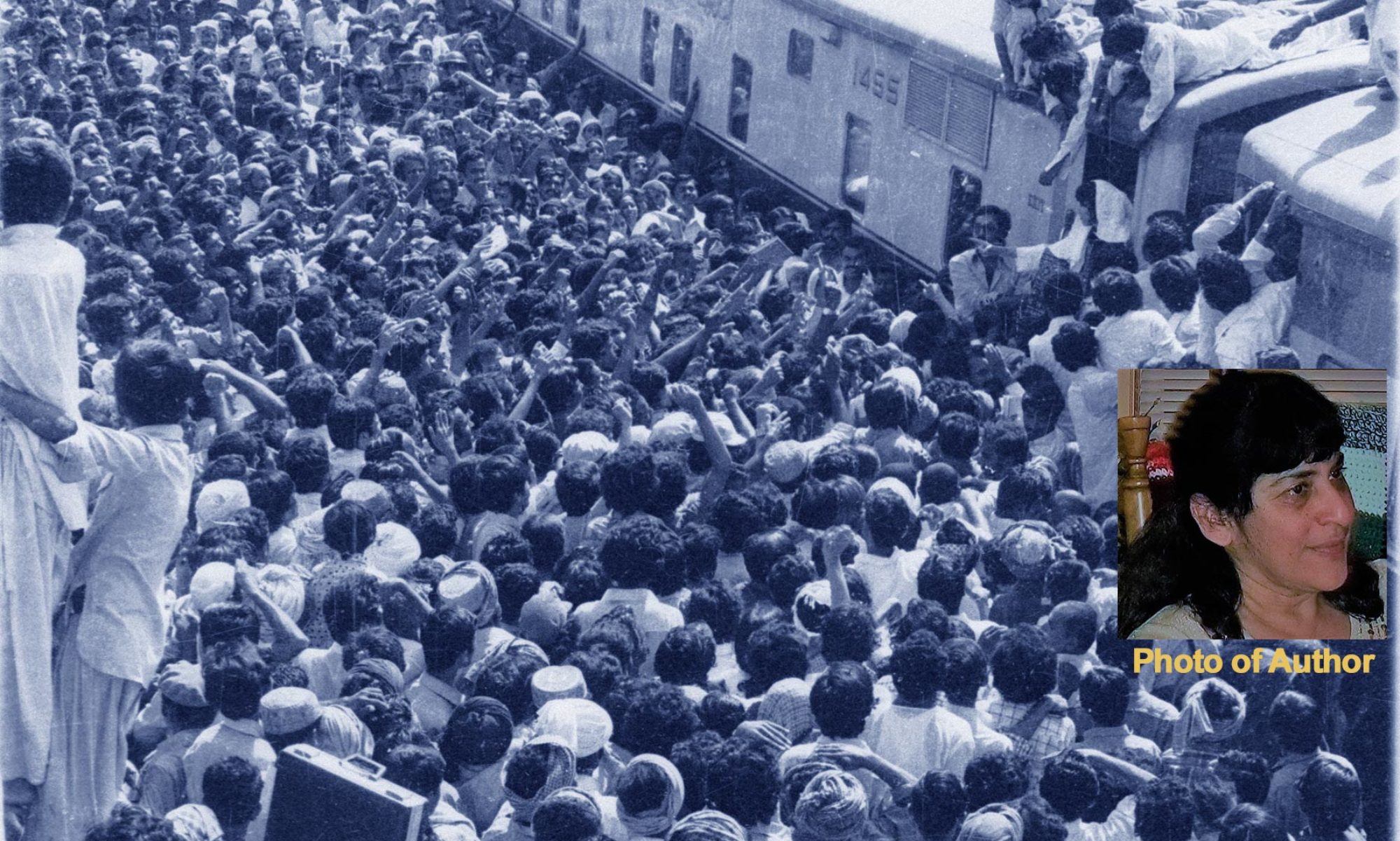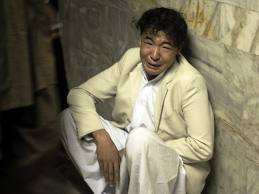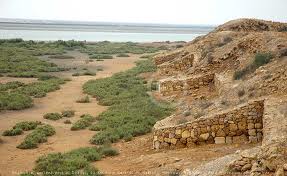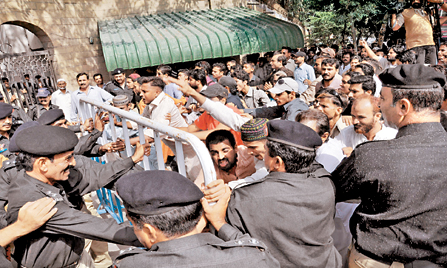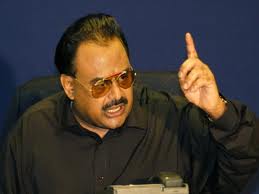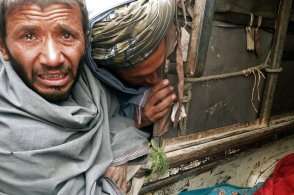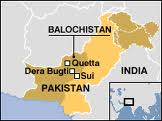You know that “overwhelmed” feeling you get when trying to censor the entire Internet manually? Pakistan does. Its current Internet censorship regime is run by hand at its two major Internet backbone companies, PTCL and TWA, and at various local Internet providers. The system isn’t working, says the government, which instead plans to deploy automated Internet censorship hardware capable of filtering up to 50 million URLs per box.
“Pakistani ISPs and backbone providers have expressed their inability to block millions of undesirable websites using current manual blocking systems,” said the government’s request for proposals (PDF) last week. “A national URL filtering and blocking system is therefore required to be deployed at national IP backbone [sic] of the country.”
The plan is to install the hardware on backbone links in Karachi, Lahore, and Islamabad, from which it can be “centrally managed by a small and efficient team.”
The spec sheet
Pakistan has a long wish list for this censorship gear. It should be “capable of URL filtering and blocking, from domain level to sub folder, file levels and file types.” The hardware should be standalone and carrier-grade with redundant power supplies and “100 percent uptime.” it should provide for remote monitoring through SNMP, and it should do its dirty business on layers 2 or 3 of the 7-layer standard OSI networking model (those are the “data link” and “network” levels; particular application traffic, such as that from Skype or a Web browser, is way up at level 7).
Each installation should be scalable—Pakistan’s total Internet bandwidth is growing at around 50 percent each year—and each installation should be capable of filtering 100Gbps traffic with less than 1 millisecond of delay. Each piece of hardware must be able to “handle a block list of up to 50 million URLs,” and the system must support a Web-based app to update the block list categories.
Although the proposal makes clear that “Internet access in Pakistan is mostly unrestricted and unfiltered,” the new scheme isn’t leaving much to chance. In addition to filtering Web traffic, Pakistan also demands that the system be “rapidly programmable to support new protocols and applications.” In a follow-up document (PDF) answering questions about the system, the government makes clear that this refers to future filtering “for other well-known protocols like SMTP, FTP, etc.” So in addition to Web filtering, Pakistanis can soon look forward to having their e-mail scanned and censored by the government.
It’s impossible to know exactly what might be blocked, but Pakistan appears ready to grab international child porn blacklists from the Internet Watch Foundation in the UK to supplement its own lists.
Making censorship more efficient
As the Electronic Frontier Foundation notes, Pakistan has had a long history with Internet censorship.
Ever since the Pakistan Telecommunication Act, passed in 1996, enacted a prohibition on people from transmitting messages that are “false‚ fabricated‚ indecent or obscene,” the PTA has increasingly intensified their efforts to censor content online. The PTA blocked thousands of sites in 2007—not just those containing pornographic material or content offensive to Islam, but numerous vital websites and services—in response to a Supreme Court ruling that ordered the blocking of “blasphemous” websites. In 2008, they briefly blocked YouTube because the site hosted Geert Wilder’s film “Fitna.” They blocked it again in 2010, over a hosted clip of Pakistani President Asif Ali Zardari telling an unruly audience member to “shut up.” In May of 2010, the PTA blocked Facebook in response to a controversy over a competition to draw the Prophet Mohammed.
Most recently in November of last year, the PTA sent a notice to Pakistani mobile carriers to ban 1,600 terms and phrases from SMS texts within seven days or they would face legal penalties. It was soon revealed that the list originated from an American National Football League’s “naughty words” list—words that were banned from being printing on American football jerseys.
Not all Pakistanis like this. Bytes for All, a local tech organization, called on foreign firms to stay out of the bidding to “show their support for freedom of expression, speech and opinion in Pakistan.”
“A society without fundamental rights, particularly freedom of expression, speech, opinion and choice cannot call itself a democratic society,” the group’s statement concluded. “Let’s join hands to stop the coldblooded murder of the Internet in Pakistan!”
